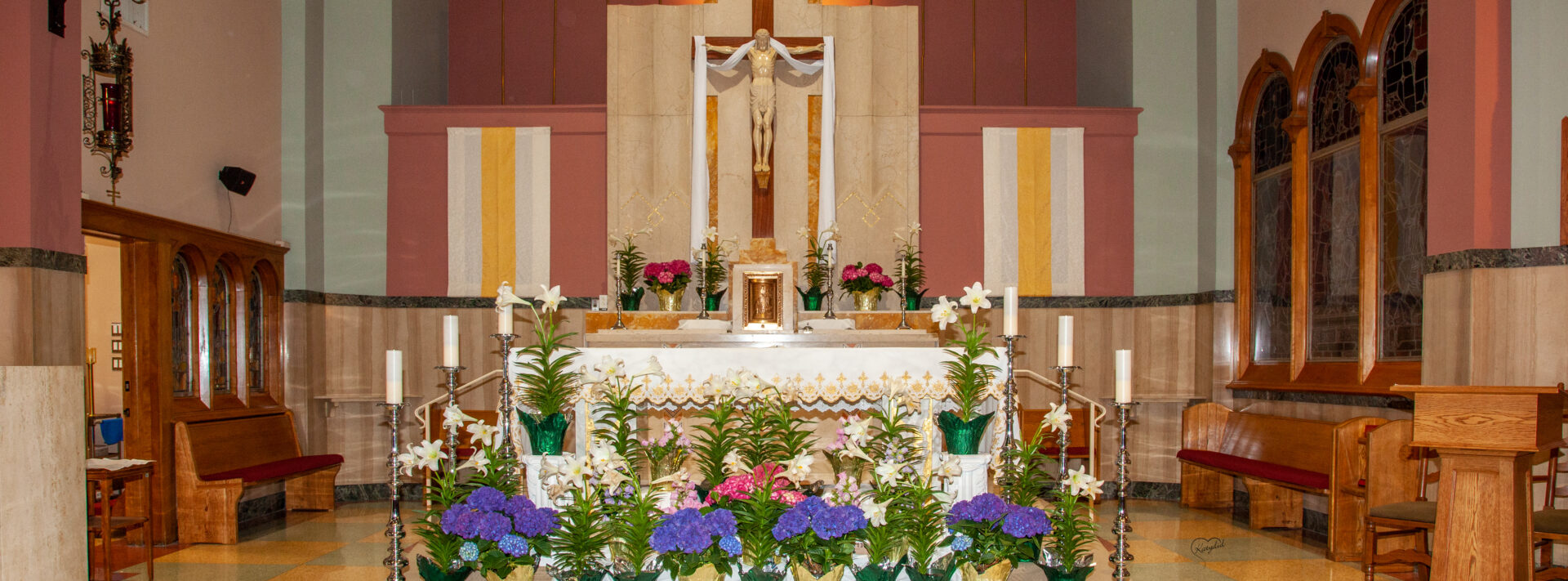The Solemnity of Saints Peter and Paul
Saint Paul recalls the zeal of his early years within Judaism, when he persecuted the Church and tried to destroy it. He points out that he followed the Jewish practices to the letter. Yet, in the plan of God, Paul was destined to preach the gospel to the gentiles. Because of this divine plan, he had no need for human teachers or for any direction from the Church at Jerusalem. After his conversion, he set off for an area south of Damascus, which he called Arabia. He then returned to Damascus, and, after three years of prayer and reflection, he went to Jerusalem.
Paul speaks of visiting with Peter, whom he calls by his Aramaic name, Cephas. The name Cephas and Peter both mean “rock.” The visit apparently consisted of no more than just getting acquainted. Peter and Paul shared an understanding of their teachings with each other. Paul spent only fifteen days with Peter, hardly enough time for any deep lessons of faith. At that time, the only other disciple Paul met was James, the head of the Jerusalem Church (not James the Apostle), who is referred to as the brother of Jesus in the Acts of the Apostles. This reference to James as Jesus’ brother may mean that he is related to Jesus in some manner, for in Jesus’ culture a cousin could be referred to as one’s brother.
Paul when went to Syria and Cilicia, and he describes the reaction of the Christians of Judea to his ministry. Although they did not know him personally, they had heard that he was the one who had previously persecuted the Church and was now preaching the faith. They praised God for this gift, thus showing that they accepted Paul as a true disciple of Jesus. Some of the Judean Christians would later become the ones to reject Paul’s teachings and cause him to eventually turn this attention to the Gentiles.

